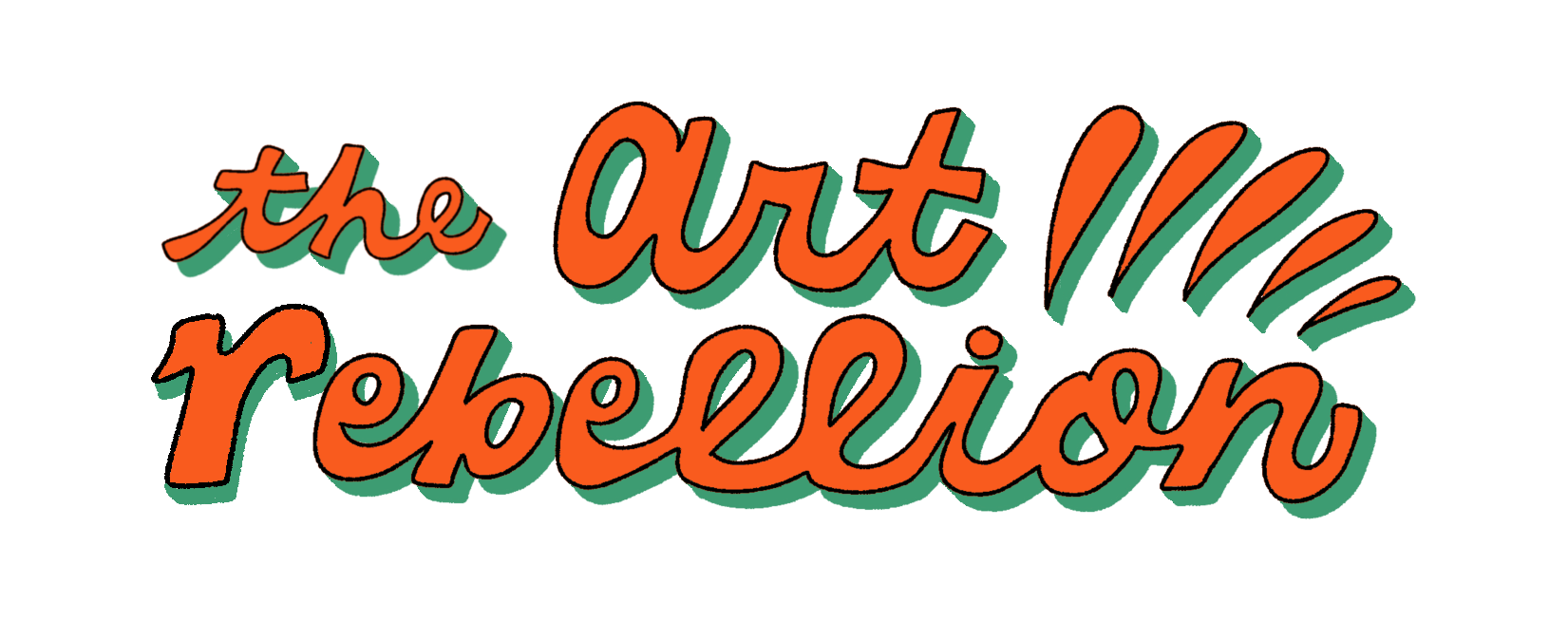Artist $napshot: Austin-based dancer and choreographer
This artist runs a nonprofit dance company while working full time in corporate social responsibility

The Artist Pay Project is a series exploring how artists in the U.S. survive and thrive amid a cost of living crisis.
This Artist $napshot tells the story of a 30-year-old dancer and choreographer who makes $76,000 a year.
Survey
Art Practice: Dancer and choreographer
Location: Austin, TX
Age: 30
Pronouns: She/Her
Earnings
Income:
$76,000 a year
How much of your income is from your art practice?
$4,000 a year
Where does the rest of your income come from?
I make $70,000 a year working in corporate social responsibility and $2,000 a year as a certified Enneagram life coach.
How much were you paid for recent freelance or contract work related to your art practice?
I am Artistic Director of a nonprofit dance company and I pay myself $17 an hour for about 5 hours of administrative work per month (even though I do a lot more).
We created a new site-specific work last fall and I was a dancer and choreographer. I paid myself $17 an hour for each of these. We got $1,000 from the organization where the performance was located for the work. We had $5,000 in money from a grant. We raised $1,000 for the project in a fundraiser.
Expenses
Housing:
$1600 a month which includes washer and dryer rental, storage unit rental, technology package, and water.
What are your major monthly expenses?
Food - $600 a month
Do you have any expenses related to your art practice?
I pay $40 a month for the storage unit which holds costumes, teaching supplies, etc.
I spent about $160 a month on classes, but not necessarily always dance classes — barre, pilates, Jiu Jitsu, strength training, yoga, etc. that supplements dance practice.
Larger financial picture
Do you have any financial support from outside sources?
Yes - my parents still pay my phone bill and car insurance. I also use their TV accounts like Netflix, Hulu, etc.
Have you received any grants to support your art?
Not personally - but the dance company does!
Do you have health insurance?
Yes
Do you have any debt?
$2,000 in credit card debt for bills from emergency cat visits
Do you have any savings?
Roughly $20,000
Did you pursue higher education?
Yes
Q&A
Responses edited lightly for length and clarity.
How do you feel about your financial security?
I feel good right now, but I feel like I am constantly trying to save and squander.
Is it tough finding time for your art when you're working full time?
I wouldn't say that it has been tough, but it has caused me to relax in my art practice a little bit more than I should or actually want to.
What are the biggest challenges you've faced when it comes to making a living and being an artist as well?
Until this year, January 2023, I was making about $50,000 and especially with inflation, my rent increased by $375 a month. I was definitely having a hard time making ends meet financially. I feel that things for me have drastically changed in the last couple of months.
Before, it was difficult to focus on my art when I was constantly just trying to find ways to pay rent, find jobs that are more stable, and offer me more money to pay my rent, bills, and groceries, and all the things like that. Versus now, I feel like I'm in a place where I can invest a little bit more into professional development around my art making practice. And relax a little bit more comfortably in that.
What resources would help you as an artist or other artists in Austin when it comes to making a living as an artist?
There's so many artists in Austin that don't have a nonprofit, they're freelance artists. I think more resources around how to negotiate, for sure. As artistic director of a dance company for the past 10 years, I've only had one person ever negotiate their contract wages with me. People should do it a lot more. It's definitely uncomfortable to do that, but I think it's necessary, and it's worth it, and it would be beneficial for people to learn how to do that in Austin — independent artists.
How do you think pay transparency can help other artists?
People sharing more openly about what they received, salary-wise or if it's hourly based, what their rate is — sharing that information more freely can help people figure out what their range is, what feels comfortable and appropriate for them. Because oftentimes, when I'm interviewing a dancer or a choreographer, I do ask them about their compensation expectations. And more times than not, they say that they don't know. It's just such a loss to hear that that thought hasn't even come to their mind. I don't think it's their fault. Maybe it’s the dancer world or just the artist world that's just always said — this is what we'll pay you. But I think it's good for everybody to know their market value.
In terms of pay transparency on jobs, gigs, things of that nature, it's absolutely critical to just include that information. It helps everybody save time. It saves the company time, or whoever's putting on the gig time. It saves the artists’ time. If it's outside of the range that they're comfortable with or that they want, then they can just avoid applying for that opportunity.
Read more about the Artist Pay Project.
